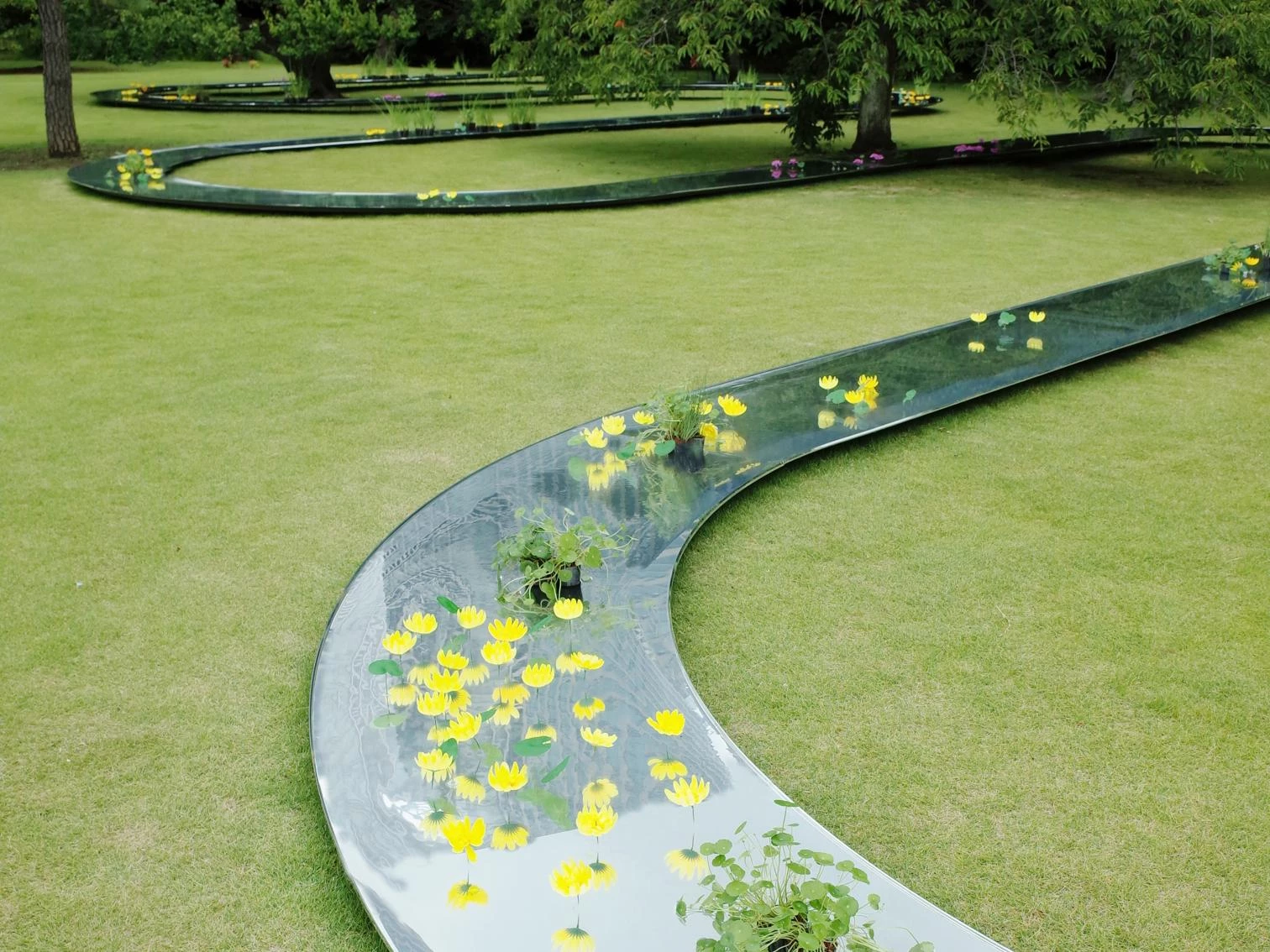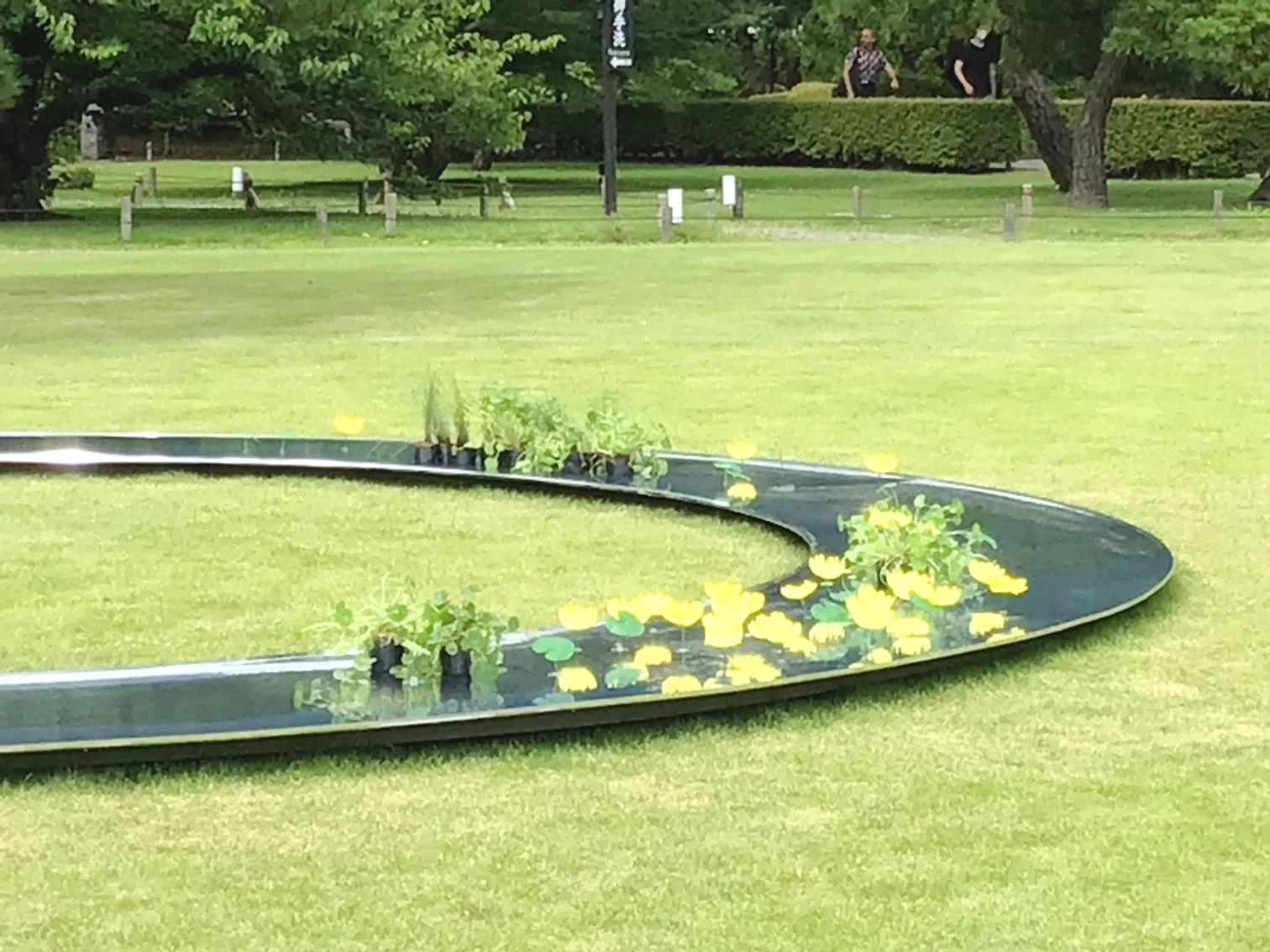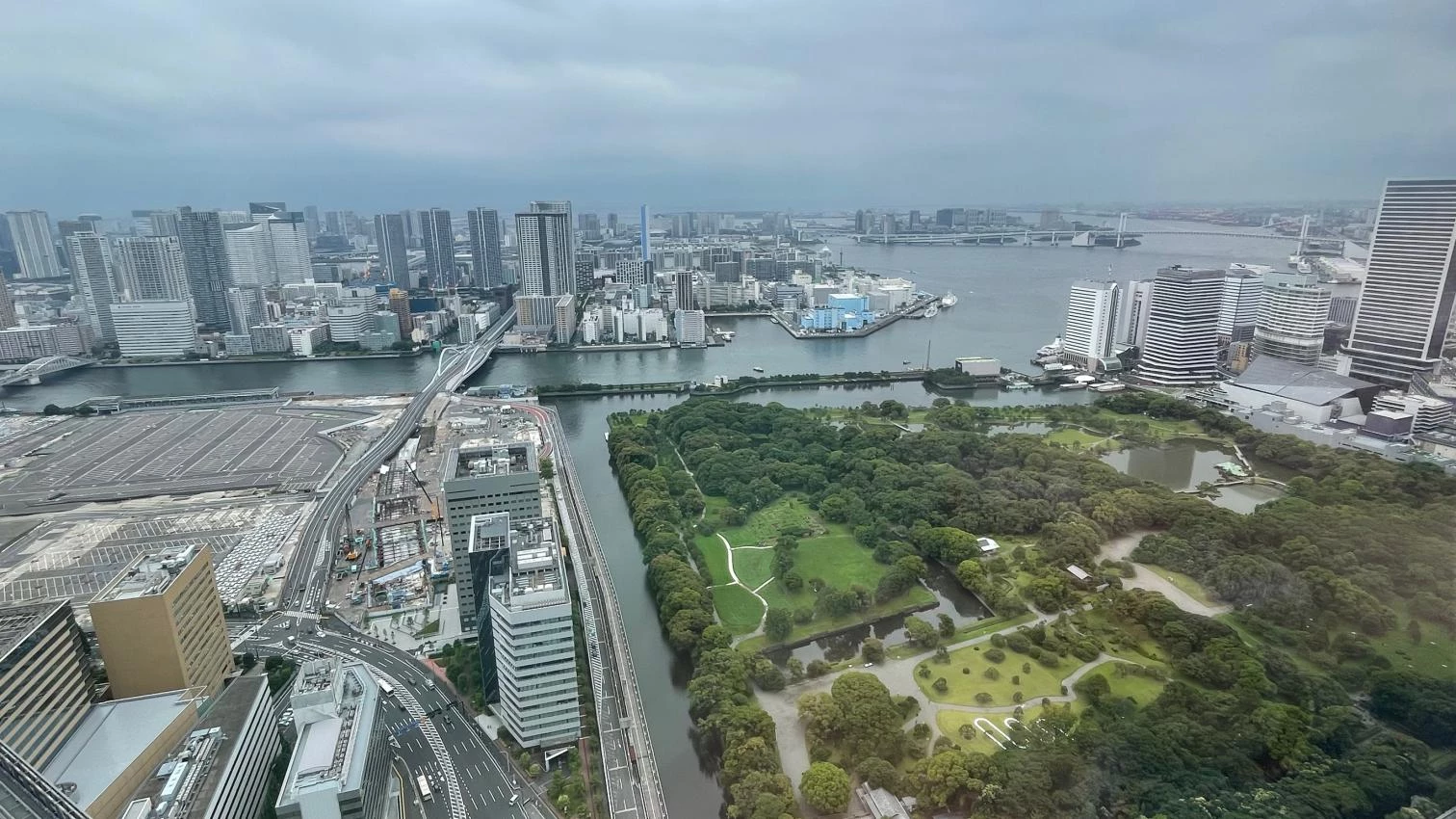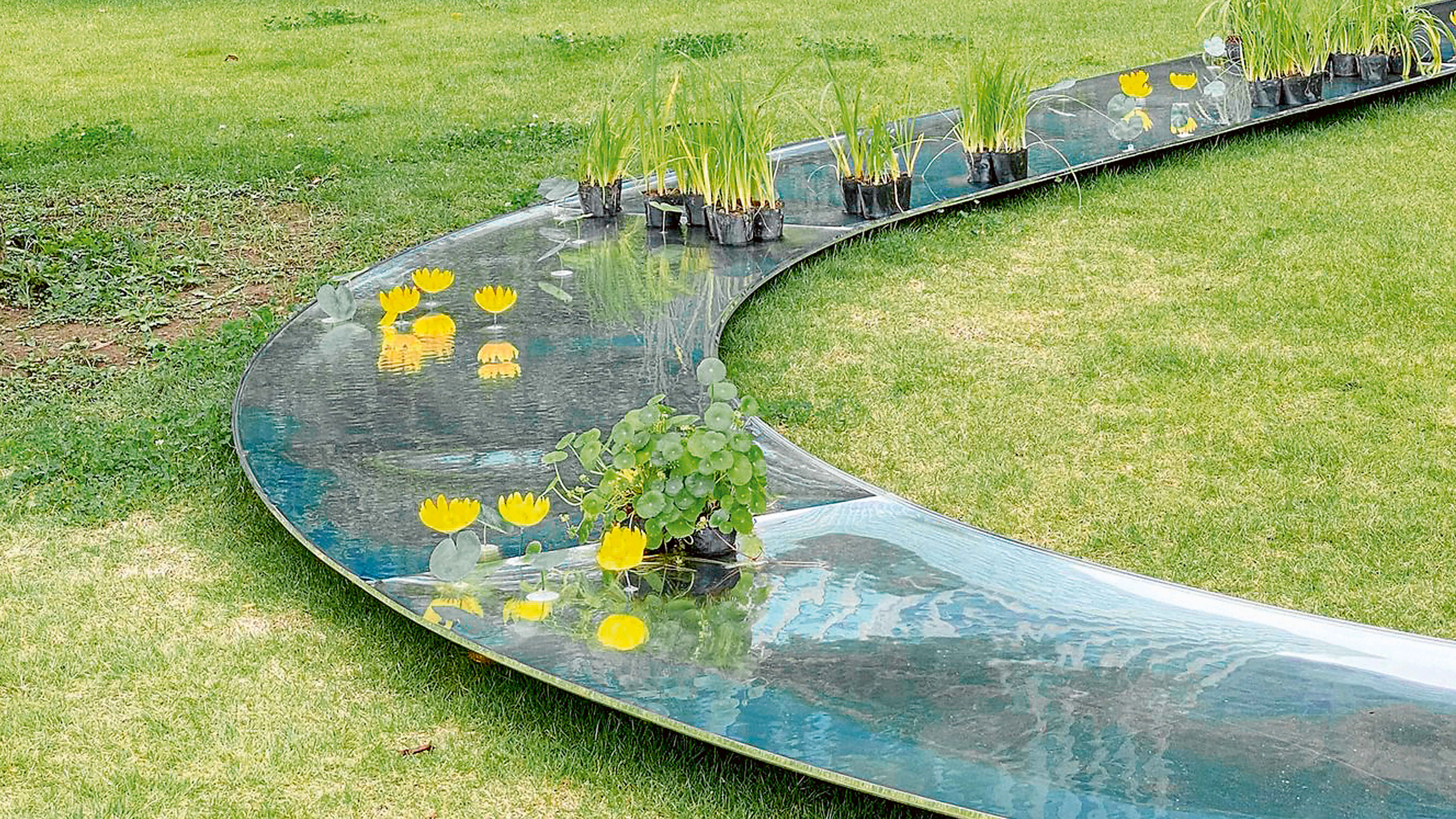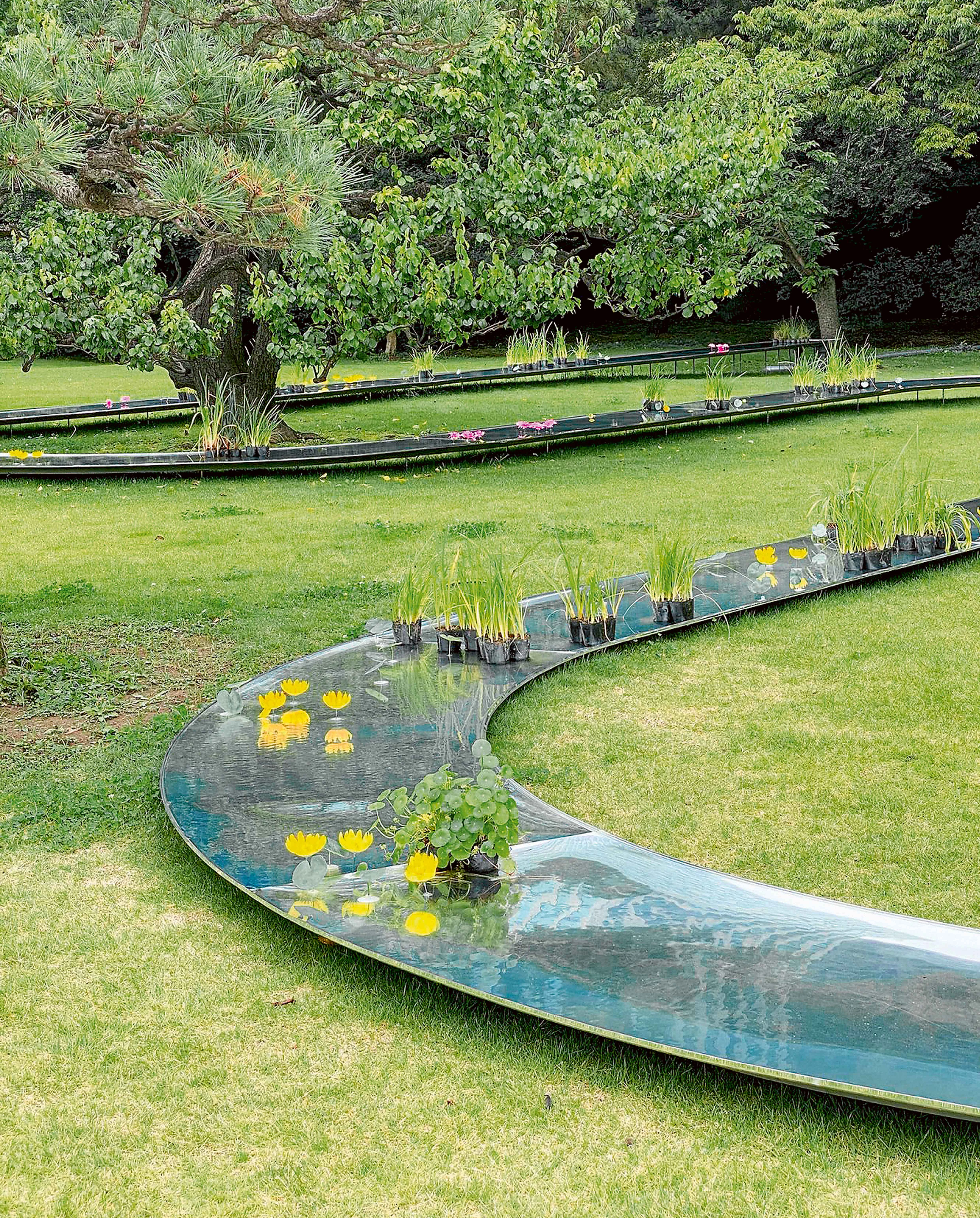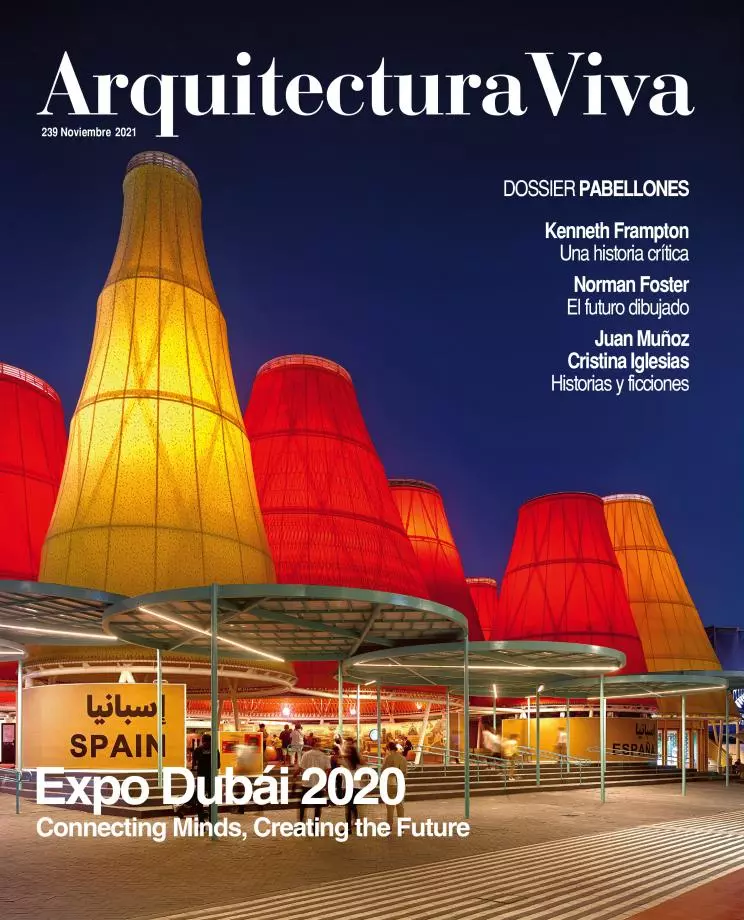Suimei Pavilion in Tokyo
Kazuyo Sejima & Associates- Type Artistic installation Ephemeral Architecture Pavilion
- Date 2021
- City Tokyo
- Country Japan
- Photograph architecturephoto
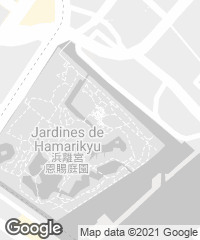
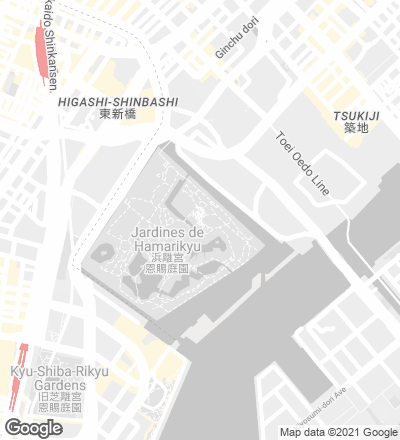
“The flow of the river is ceaseless; and its water is never the same.” So begins Hōjōki, or ‘An Account of My Hut,’ the poetic diary written by Kamo no Chōmei in 1212 which is a high moment of Japan’s classical literature. These beautiful words on rapport with nature and the pursuit of things essential resonates in an installation conceived as an offshoot of the Japanese capital’s hosting of this year’s Olympic Games.
The location within the Hamarikyu Gardens – an estate owned by the imperial family for three centuries which was bequeathed to City Hall in the wake of World War II – is no coincidence. The mirrored ribbon winds its way on the exact spot where the first guesthouse for foreign dignitaries stood, thus embodying the hospitality of the people of Tokyo. On it flows a torrent of water that bathes small flower pots and evokes kyokusui no utage, a refined form of courtly entertainment that involved composing poems on the banks of a stream in the time it took for a small cup of sake floating on the current to complete the meandering course.
